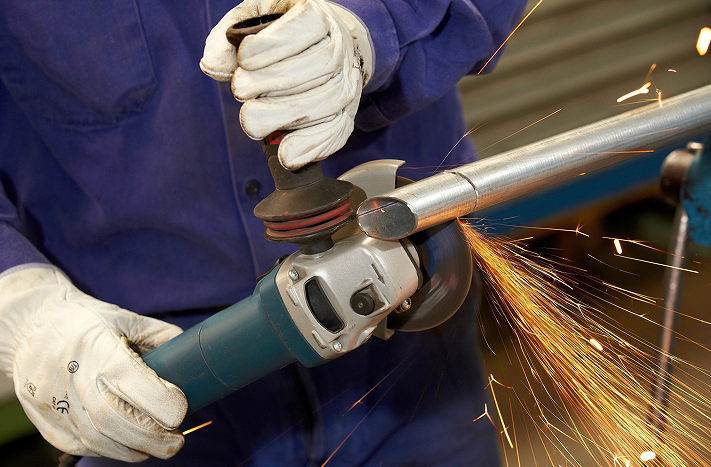

Moreover, the type of cutting – whether wet or dry – also plays a significant role in your choice of disc. Wet cutting discs are designed to be used with water, which acts as a coolant and reduces dust. This method extends disc life and is essential in high-precision settings. Dry cutting discs, on the other hand, are more convenient for portable tools and quick jobs, but they require frequent breaks to avoid overheating. Safety should never be overlooked. Always purchase discs that comply with relevant safety standards, such as the European EN13236. These certifications ensure the product has been tested and can be trusted under recommended operating conditions. With a myriad of options on the market, brands play a reliable role in determining quality. Established brands often come with enhanced credibility due to their consistent performance records in the field. Trustworthy companies back their products with warranties and customer support, assisting you in case of performance issues. Lastly, maintenance of both the disc and equipment ensures optimal performance. Regular checks for wear and tear can prevent mishaps and prolong disc life. Additionally, ensuring your equipment is well-calibrated prevents unnecessary strain on the disc, maintaining the precision and quality of your cuts. In conclusion, selecting the right stone-cutting disc involves a blend of understanding your project requirements, acknowledging material specifics, and ensuring safety measures. Through considered selection and diligent maintenance, you ensure not only the longevity of your tools but also the success of your stone-cutting endeavors. Each project brings its unique challenges, but with the right tools, you can achieve professional, lasting results.
Post time:Feb - 13 - 2025

















